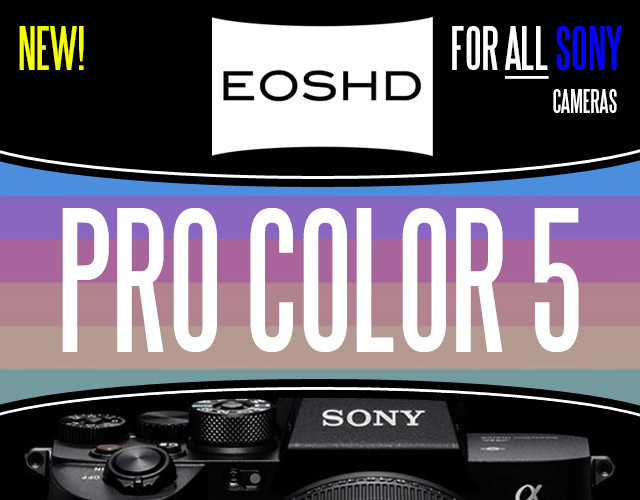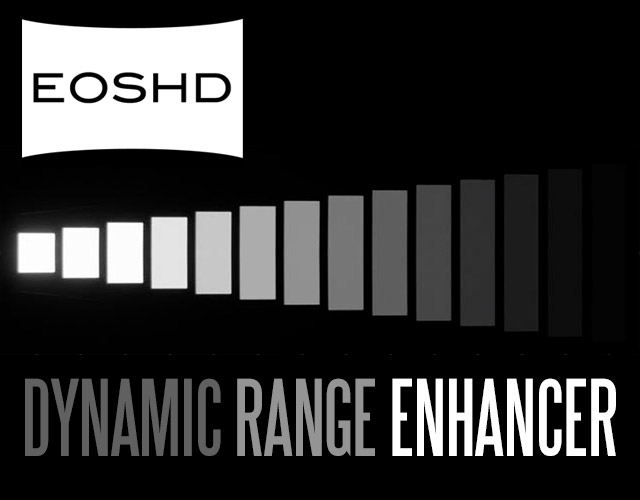Poll! Your favourite focal length, sensor size and aspect ratio ...
There can be only one!
41 members have voted
-
1. Your favourite focal length (please choose closest)
-
8mm or below0
-
14mm
-
18mm0
-
20mm0
-
24mm
-
28mm
-
30mm
-
35mm
-
50mm
-
70mm
-
85mm
-
105mm
-
200mm0
-
300mm or above0
-
-
2. Favourite sensor size (please choose closest)
-
S16mm
-
BMCC0
-
MFT
-
APS-C / S35mm
-
APS-H0
-
35mm / Full Frame
-
Larger than 35mm
-
-
3. Your favourite aspect ratio (please choose closest)
-
4:3
-
16:9 / widescreen
-
2.39:1 / anamorphic widescreen
-
-
Similar Content
-
- 2 replies
- 2,196 views
-
Anamorphic feature-length film "The Night Knows No Shore" ( Iscorama )
By PBR,
- iscorama
- anamorphic
- (and 2 more)
- 2 replies
- 2,254 views
-
- 8 replies
- 3,254 views
-
- 21 replies
- 5,107 views
-
- 2 replies
- 1,780 views
-







Recommended Posts
Create an account or sign in to comment
You need to be a member in order to leave a comment
Create an account
Sign up for a new account in our community. It's easy!
Register a new accountSign in
Already have an account? Sign in here.
Sign In Now